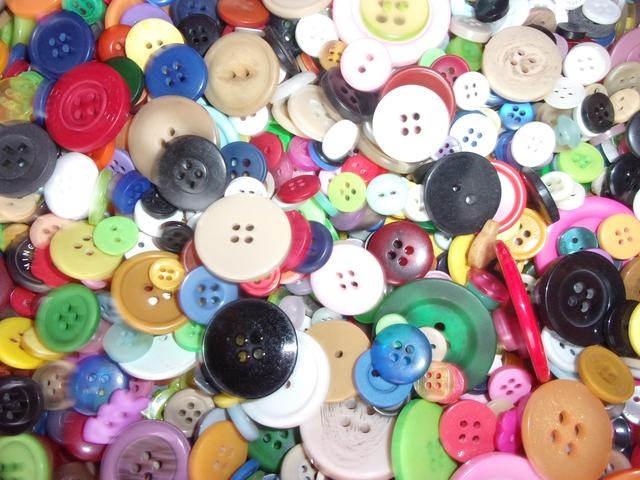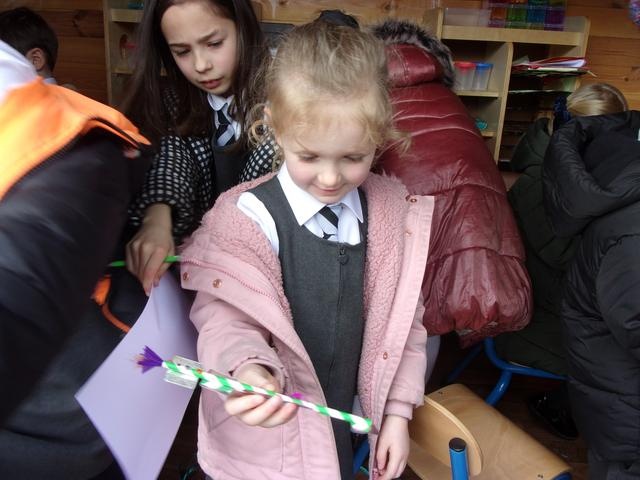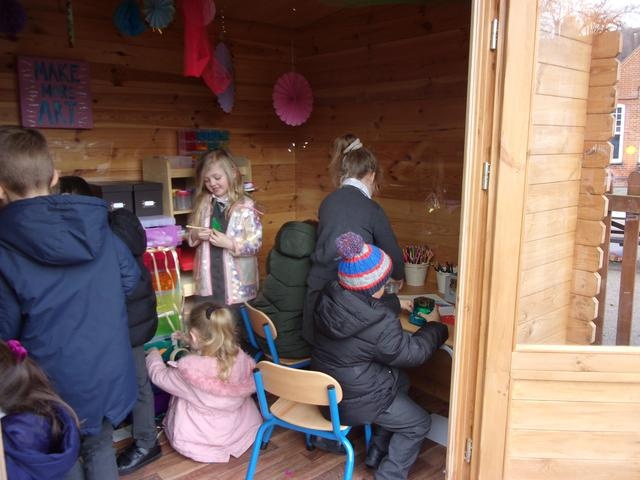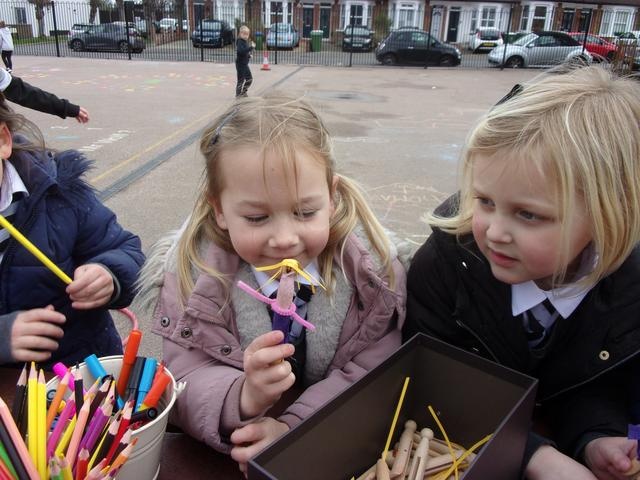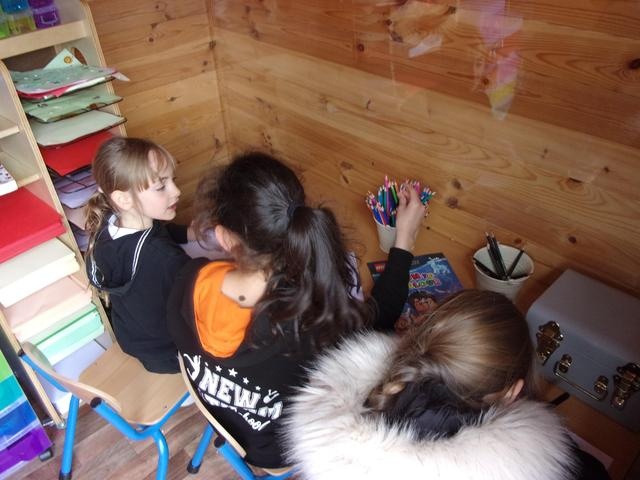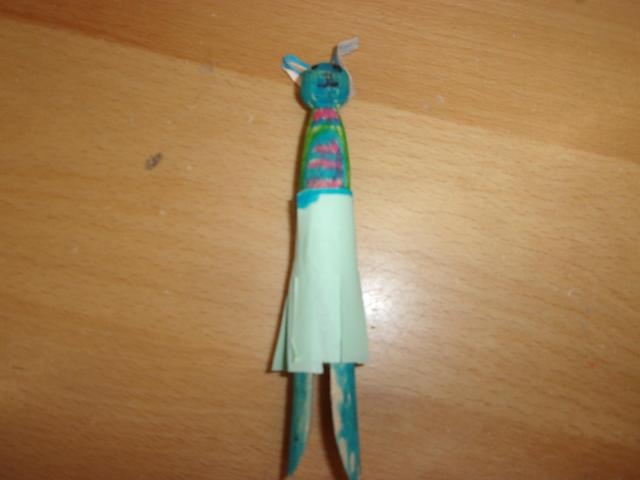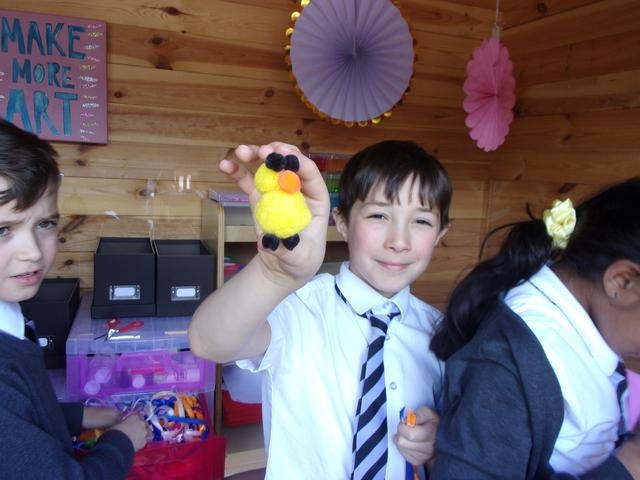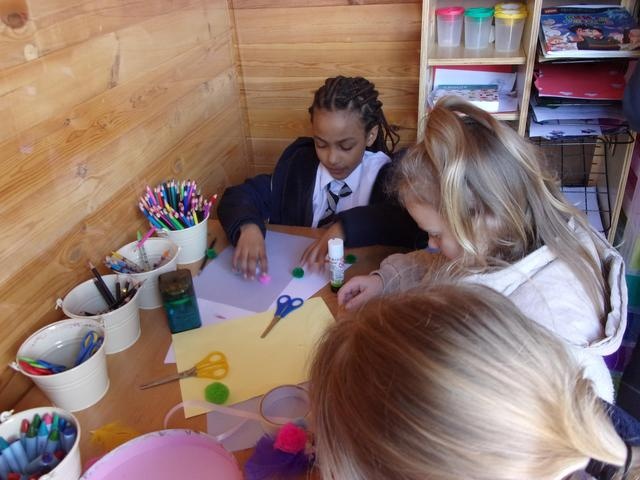Art and Design Technology

Art enables us to find ourselves and lose ourselves at the same time.
Thomas Merton, Monk
"Art allows me to make anything I'd like to."
- Arlo, Year 1
"I love that I can make different things, and I'm proud of what I can do."
- Jaxon, Year 3
"Art is something that I love. I'm passionate about it because I would like to be an artist when I am older."
- Celcia, Year 5
An introduction from our Art and Design Technology Lead - Miss Taylor
Art
Intent
Longlands endeavours to foster creativity and develop children’s imagination, as well as placing children’s wellbeing at the centre of what we do. We aim to have children exposed to different art and cultures and become excited about this. School values encourage arts for all, providing opportunities to express individuality and become life-long confident, independent and resilient learners that stay with them in their future careers. Each class focusses on teaching the children about growth mind-set, leaving their comfort zone and stepping into their stretch zone to take risks. The children are reminded of this in Art lessons, where they may believe that they can’t do something, however are encouraged to experiment and feel safe taking risks through Art. We intend for our pupils to be proud of their artwork and for it to be celebrated across the school: through galleries, displays and in an Arts cabin on the playground.
Implementation
Our class names are all named after artists that are from a diverse background and include different styles of art for children to learn about and experiment with specific techniques. Through the Power of Reading scheme, children use Art to develop their understanding of the text and explore characters and settings in more detail, to then help increase attainment in reading and writing. Art lessons have cross-curricular links to the Power of Reading scheme. For example, when reading ‘Out and About’ in Years 1 and 2, KS1 focussed on patterns in nature. Through a series of Art lessons linked to the Power of Reading, children are able to spend more time on the process of their artwork, through learning about the inspiration and specific techniques to practise before focussing on producing a final piece. Art lessons enable children to demonstrate a progression of skills across the Key Stages: materials, line, form, shape and space, colour, texture, pattern, sculpture, creating art in the style of an artist, recognising art from other cultures. Creativity is also a skill that is embedded across the school as part of our Skills Builder partnership.
At Longlands, children are encouraged to experiment with tools and techniques to convey their ideas and from this, independently choose which would be most suitable for their creation. Art skills are taught from Reception, helping to meet Early Learning Goals. Many skills in Art, such as shape and space, link to the Maths curriculum. Outside of cross-curricular Art lessons, we endeavour to participate in competitions both internally and externally and expose children to different artwork.
Impact
Children at Longlands leave our school being able to design, create, model, adapt and evaluate their artwork, continuously reflecting on the successes of their work in order to. Children should be able to articulate their knowledge of the skills they have learnt across the Key Stages and have confidence to participate and persevere in Art, showing a growth mindset to adapt when their art does not go to plan. Through different opportunities provided, children are aware of different artists in History and from around the world, understanding the affect they have had. This will be shown through book looks, descriptions on displays and pupil voice.
Design and Technology
Intent
At Longlands, our intent is that Design Technology will prepare children for an ever changing world and provide a context for real life learning. Our teaching aims to motivate children to exercise their creativity through designing and making, and recognise that these skills will enable them to make positive changes to their own and others’ lives in the future.
We intend for DT at Longlands to provide pupils with opportunities to be inspired by chefs, designers, architects and engineers. Pupils will engage in discussions surrounding designing and creating that will help them to understand that a range of structures, mechanisms, textiles, electrical systems and food products have a real-life purpose and impact on the world around them. A hands-on approach to their learning will enable children to develop into autonomous and adaptive learners, recognising why making improvements is necessary for progress. We intend for these transferable skills to be applied and explored in other subjects, particularly Maths, Science and Art.
Implementation
During the children’s time at Longlands, the teaching of DT will encourage them to become creative problem-solvers. Teaching should follow the design, make, evaluate cycle, as each stage is an integral part of the entire process. Additionally, many of the skills covered within Design Technology merge with those we explore within our Skills Builder partnership. Wherever possible, DT is linked to many aspects of the curriculum through the Power of Reading scheme. For example, children in Lower Key Stage 2 will be exploring the Stone Age and thus will design a piece of clothing suitable for the time. Through these cross curricular links, their products have a purpose and relate to culture and history. Where possible, pupils can select from a wide-range of tools, materials, construction equipment and ingredients, which allows them to test different options before making a choice on which to use.
Impact
During DT lessons, children will develop the ability to ask perceptive questions, think analytically and consider multiple resolutions for a problem based on their current and prior learning. As a result of this, they will be able to make insightful observations about current products and critically evaluate against design criteria. This will be shown through book looks, descriptions on displays and pupil voice. Pupils will be able to confidently engage in conversation surrounding individuals and products that have helped shape design and technology globally. Through the study of DT, children will combine practical skills with the understanding of aesthetic and functional problems as well as social and environmental issues. As we live in a technological and innovative age, this will allow them to reflect upon the uses and impact of design and technology, both past and present.
We have an ‘Amazing Arts Area’ in the playground which is stocked with a range of arts and crafts materials for the children to use during playtimes.













